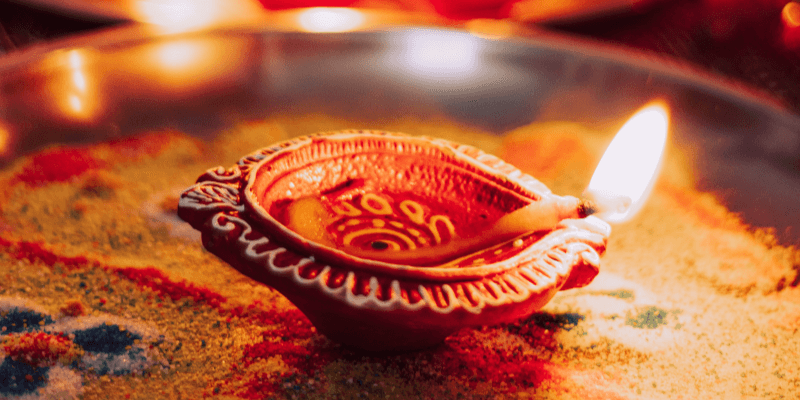Valentine’s Day: Going Beyond Red

Karen Haller

Every year, an estimated 250 million roses are grown worldwide for Valentine’s Day. A staggering number that demonstrates just how significant this tradition has become.
Unsurprisingly, red dominates, accounting for around 83% of those roses sold.
But what does this mean beyond tradition?
The overwhelming preference for red isn’t just about tradition, it reveals a deeper psychological connection between colour and human behaviour.
Understanding how colour is used and how it shapes perception can enhance how businesses communicate with their clients and customers.
Valentine’s Day and the Dominance of Red
In Western societies, red has become the dominant colour of Valentine’s Day, associated with love, passion, and desire.
While this connection is culturally ingrained, our responses to red go beyond tradition.
What we are now experiencing on an emotional level is colour psychology. How colour influences how we think, how we feel, and most importantly, how we behave.
Red affects us physically, raising our pulse rate, increasing excitement, and even motivating action. This physiological effect is why red is widely used, not just in romantic marketing campaigns but also in high-energy sales promotions.
It’s no surprise that around 65% of men buy red roses for their partners on Valentine’s Day.
The theory of colour psychology suggests that men are naturally drawn to red because it conveys strength, vitality, and assertiveness – the colour of masculine energy.
Red conveys desire, passion, and intensity, reinforcing its role in expressing bold romantic attraction, from red dresses to red lipstick, which are often associated with seduction and confidence.
This deep connection between red and passion is why it remains the go-to colour for grand romantic gestures.
Before her Super Bowl appearance, Beyoncé reportedly received 10,000 red roses from Jay-Z, demonstrating how colour can also signal devotion and status.
But is red the only colour that communicates love?
The Many Colours of Love: How Different Colours Bring Out Different Emotions
Valentine’s Day marketing heavily relies on red. It’s an obvious and easy choice, but it doesn’t appeal to everyone. By focusing only on red, brands may overlook a significant and growing customer market.
Studies show that many people want more than just the traditional red, seeking a wider choice and availability of colours in roses, gifts, and décor.
This presents an opportunity to explore how different colours evoke different emotions and influence purchasing decisions.
Here are some of the more popular alternatives:
SOFT PINK – A colour that embodies feminine energy, expressing nurturing, care, and compassion. Men who choose pink roses are expressing their softer, more tender side.
CORAL (pink and orange mix) – A dynamic blend of romance and playfulness, this combination radiates warmth, excitement, and a light-hearted approach to love.
YELLOW – A colour that feels like a warm, cheery hello. It’s linked to friendship, happiness, and positivity, often used to represent an open, inviting energy.
Why This Matters for Your Business – don’t just copy the crowd
Colour isn’t just a visual, aesthetic choice or just about picking the same colour everyone else is using.
It’s easy to copy the crowd like defaulting to red for Valentine’s Day.
It may seem like the safe option, but it may not always the most effective one for your target market.
Instead, think of colour as a powerful psychological tool that businesses can use to shape perception, create emotional connections, and influence behaviour, whether that means encouraging relaxation, prompting quick decisions, or driving sales.
Whether you’re designing a product, a marketing campaign, a brand identity, or an interior, understanding colour’s impact can help you communicate more effectively.
So, how are you using colour to influence your customers, clients, and target market?
Are you strategically choosing colours to engage your audience, or are you simply following what everyone else does?
Understanding the psychology behind colour and its role in consumer behaviour can help you make more intentional and impactful choices in your business which ultimately leads to sales.
Want to explore further…?
If you’d like to explore how you can use colour more strategically to engage your audience and drive results, let’s have a conversation. Get in touch by emailing me at karen[at]karenhaller.co.uk and let’s discuss how colour can work for your business.
And you can also find out more about the impact colour can have in your business, by downloading my free e-book The 10 Myths that Limit You using Colour Effectively.
Colourfully yours,
Karen
Image: Nick Fewings via Unsplash


